Subject: A panoramic image taken from within Berkeley Lab’s Advanced Light Source (ALS)
Scope: One of the world’s brightest sources of ultraviolet and soft x-ray light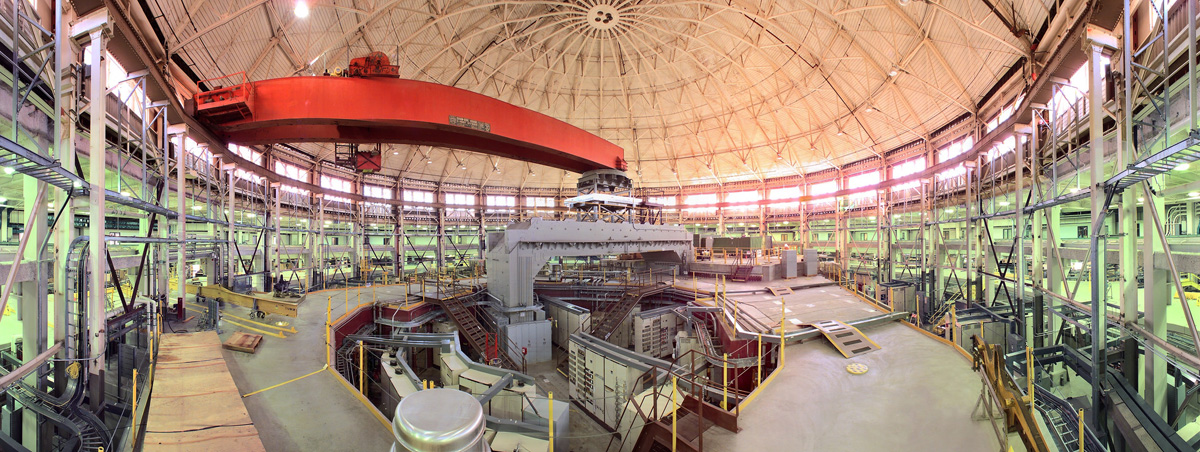
Subject: Photo of an experimental device studying magnetism and electronic structures under ultra-high vacuum at the European Synchrotron Radiation Facility
Scope: Research X-ray radiation in protein crystallography, earth science, paleontology, materials science, chemistry, and physics.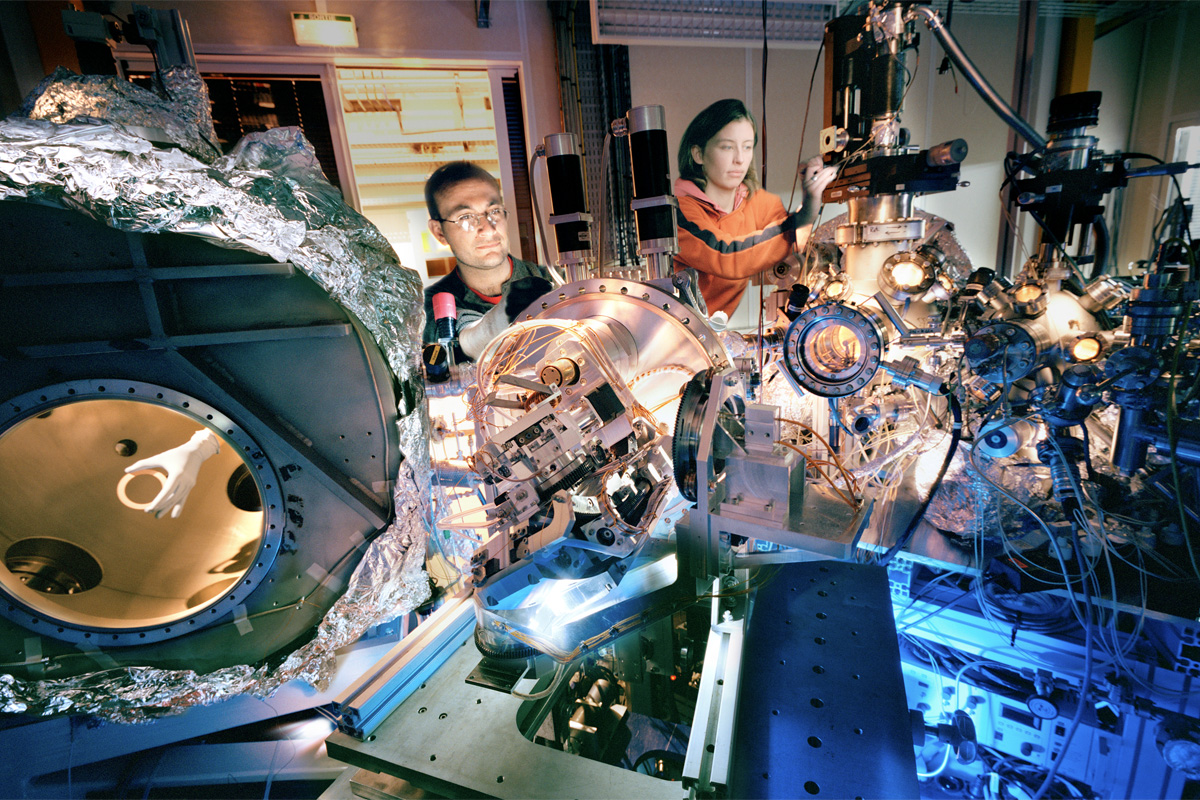
Subject: An experimental set-up at the Soft X-Ray (SXR) material science station Linac Coherent Light Source (LCLS) at the SLAC National Accelerator Laboratory
Scope: The SXR uses ultra-soft X-rays in conjunction with powerful tools such as x-ray emission, coherent imaging, resonant scattering, photoelectron spectroscopy and x-ray absorption spectroscope to take snapshots of atoms and molecules at work to understand the underlying processes in materials, technology and living things.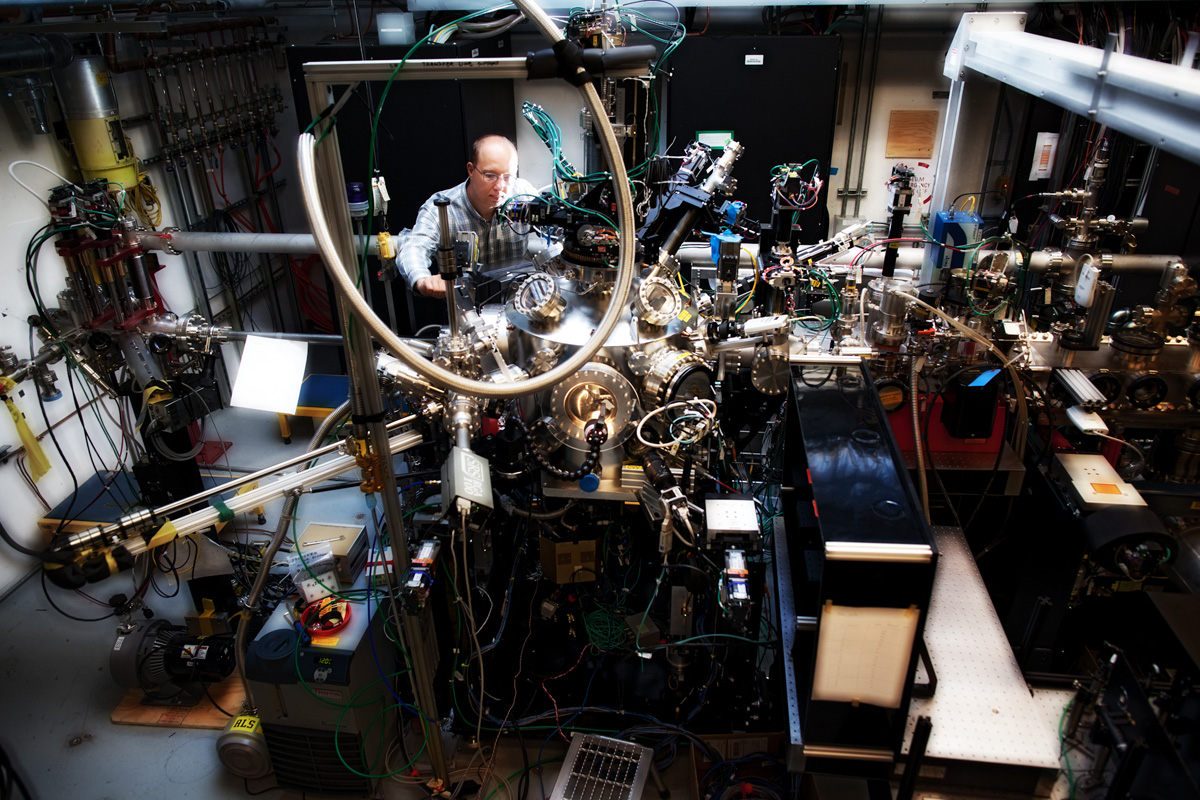
Subject: Resonant Elastic and Inelastic Soft X-ray Scattering (REIXS) endstation at the Canadian Light Source.
Scope: REIXS is an advanced soft x-ray scattering facility that investigates various photon-in and photon0out techniques under magnetic fields and varying temperatures.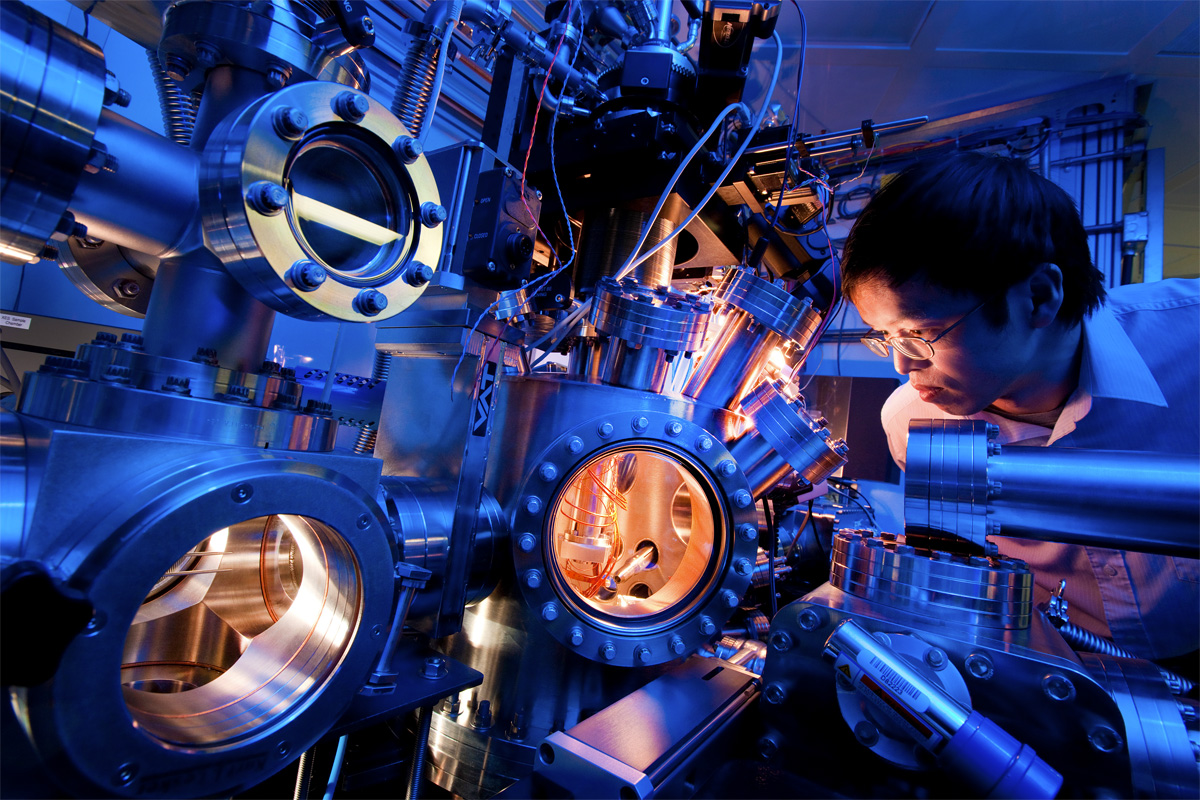
Subject: The Target Chamber of the National Ignition Facility (NIF) at Lawrence Livermore National Laboratory
Scope: NIF is a large laser-based inertial confinement fusion (ICF) research device that performs nuclear fusion reactions by using lasers to heat and compress a small amount of hydrogen fuel.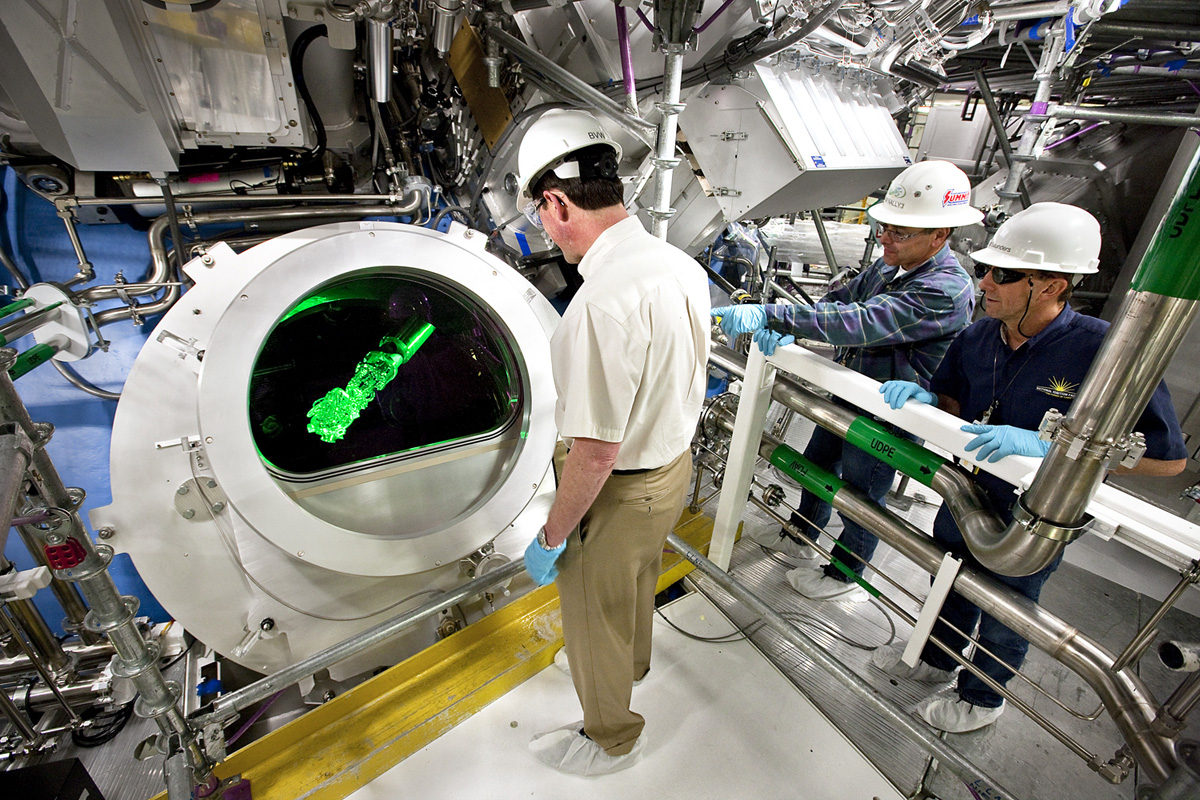
Subject: An experiment at the Trident Laser Facility in Los Alamos National Laboratory.
Scope: The Trident Laser Facility uses three extremely versatile high energy neodymium-glass laser chains to study high energy density physics and fundamental laser-matter interactions.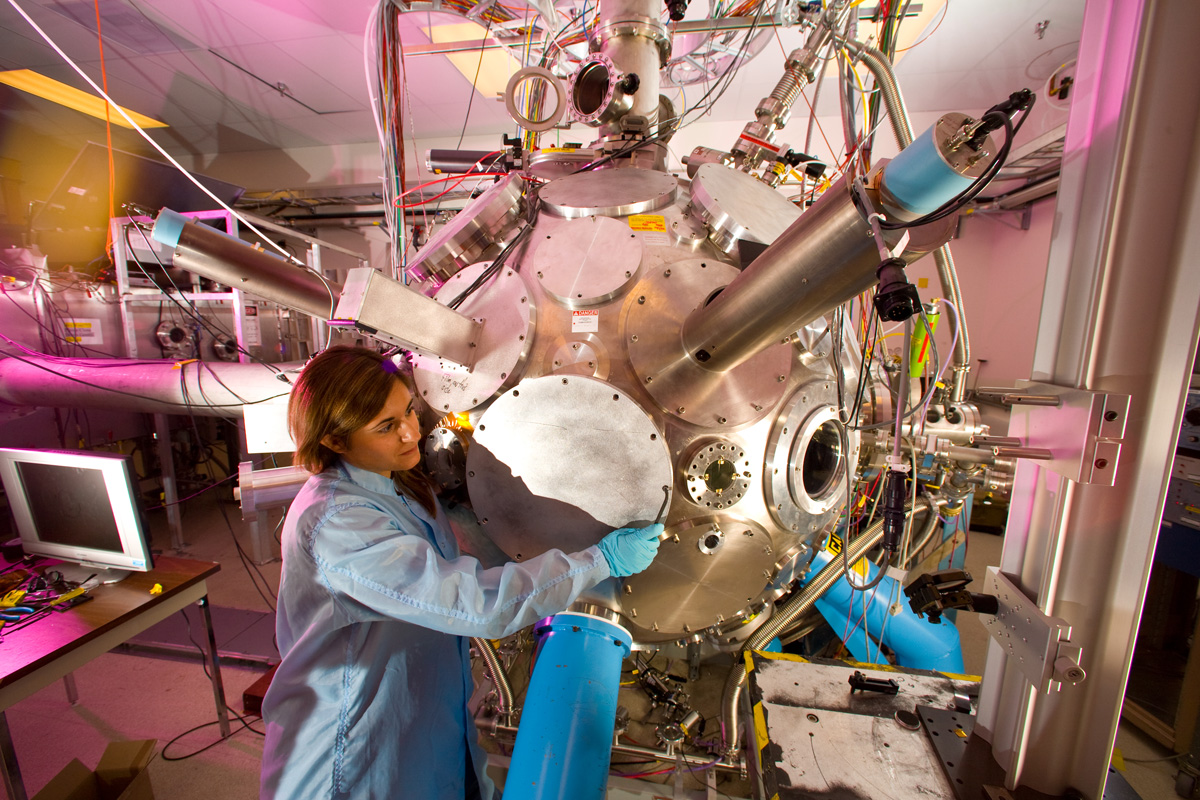
Subject: The STAR detector at Brookhaven’s Relativistic Heavy Ion Collider (RHIC)
Scope: The STAR detector, which weighs 1,200 tons and is roughly the size of a house, specializes in tracking the thousands of particles produced by each ion collision at RHIC in search of quark-gluto plasma.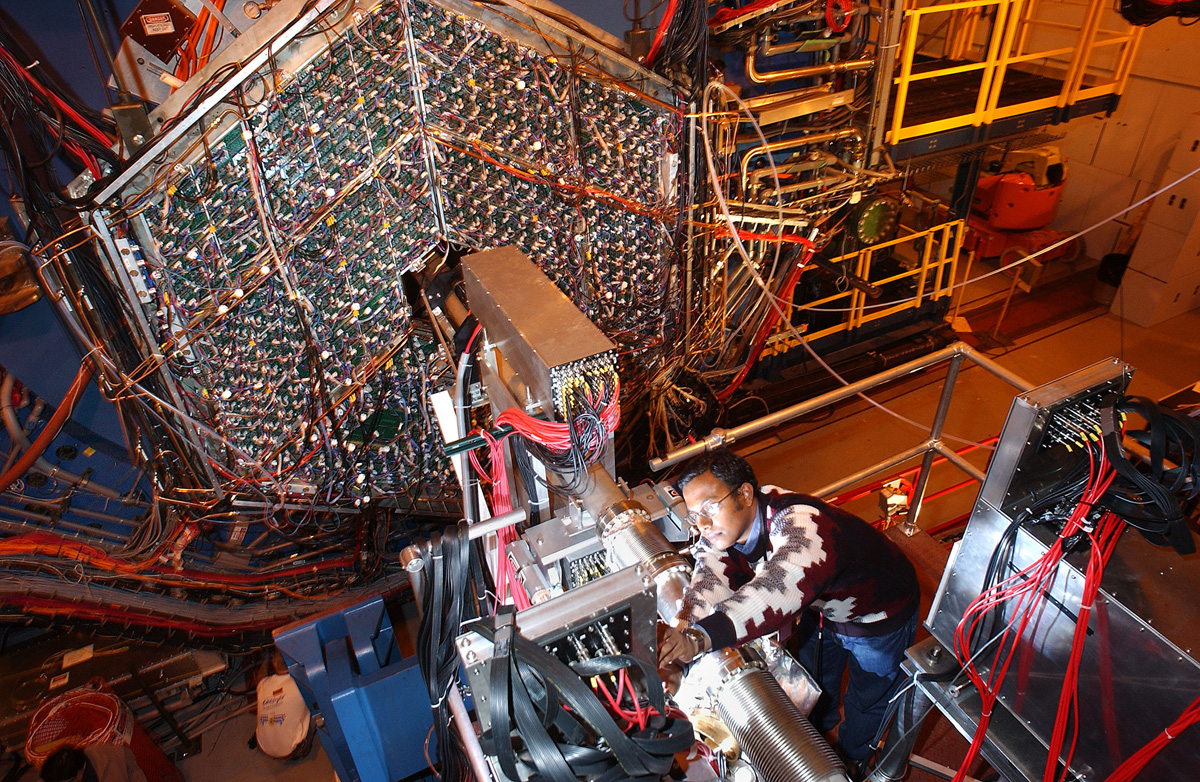
Subject: The Z Pulsed Power Facility at Sandia National Laboratories in Albuquerque
Scope: The Z Pulsed Power Facility, otherwise known as the Z machine, is the largest X-ray generator in the world that’s primarily used to research inertial confinement fusion (ICF).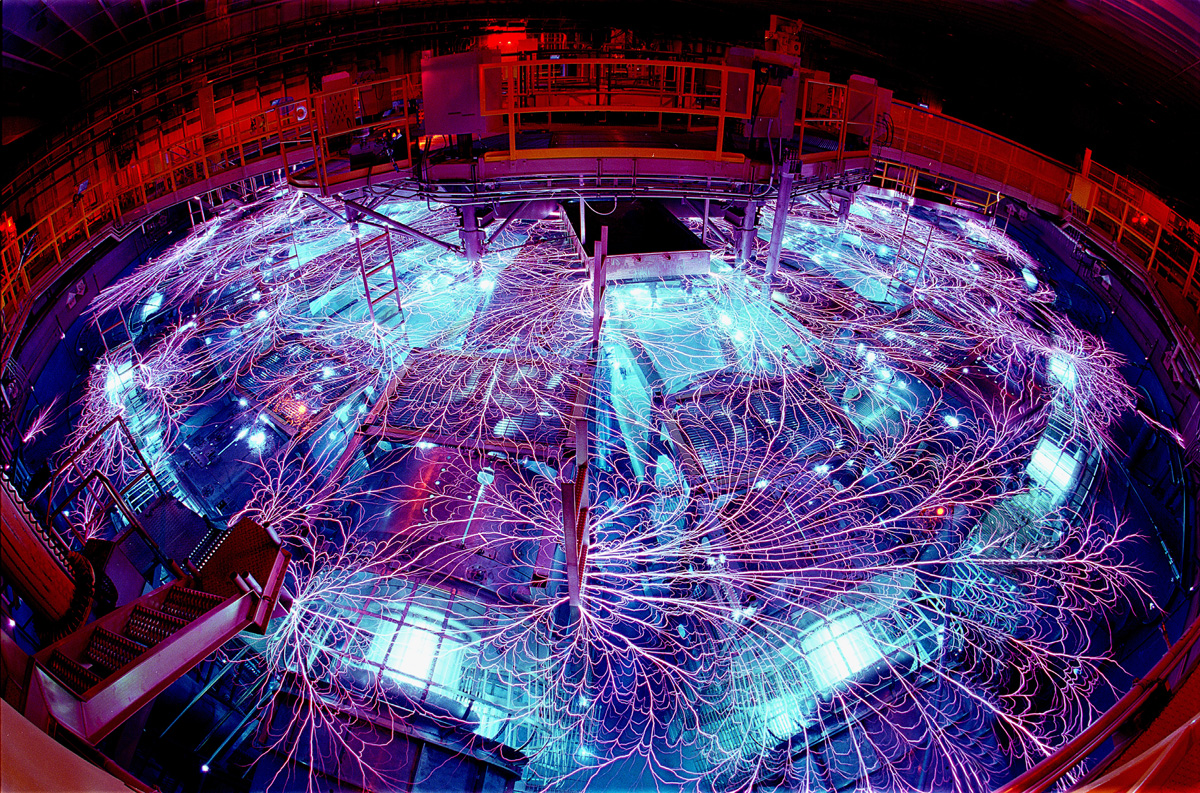
Subject: One of the two “horns” of the MINOS neutrino experiment at Fermilab
Scope: MINOS is a particle physics experiment aimed at studying neutrino oscillations.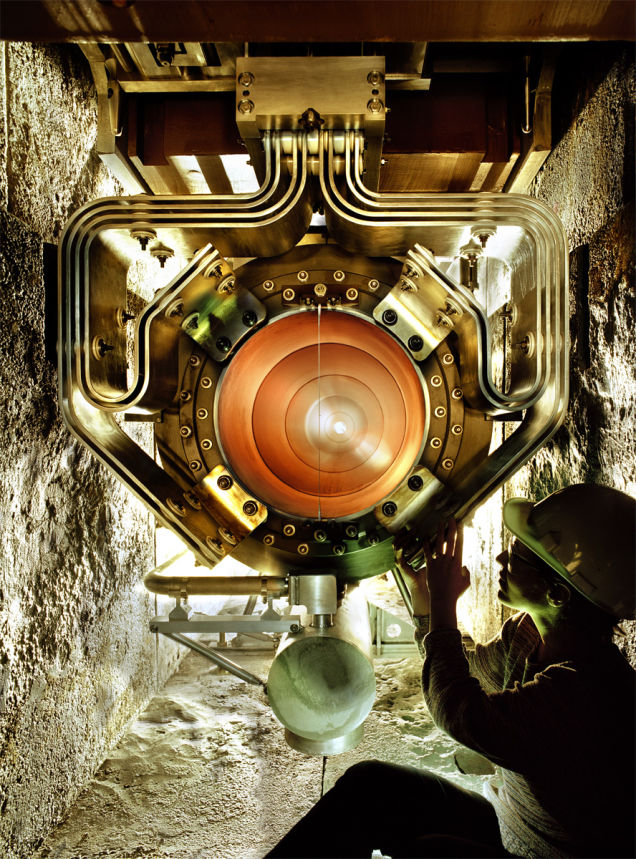
Subject: The Large Hardon Collider at CERN
Scope: The most celebrated particle accelerator in the world, LHC is not just the most powerful creation in its class, but the largest single machine in the world. LHC serves as a testing ground for different theories of particle physics and high-energy physics in an effort to further our understanding of reality and physical law. In 2013, LHC successfully produced what closely resembled the illusive Higgs boson.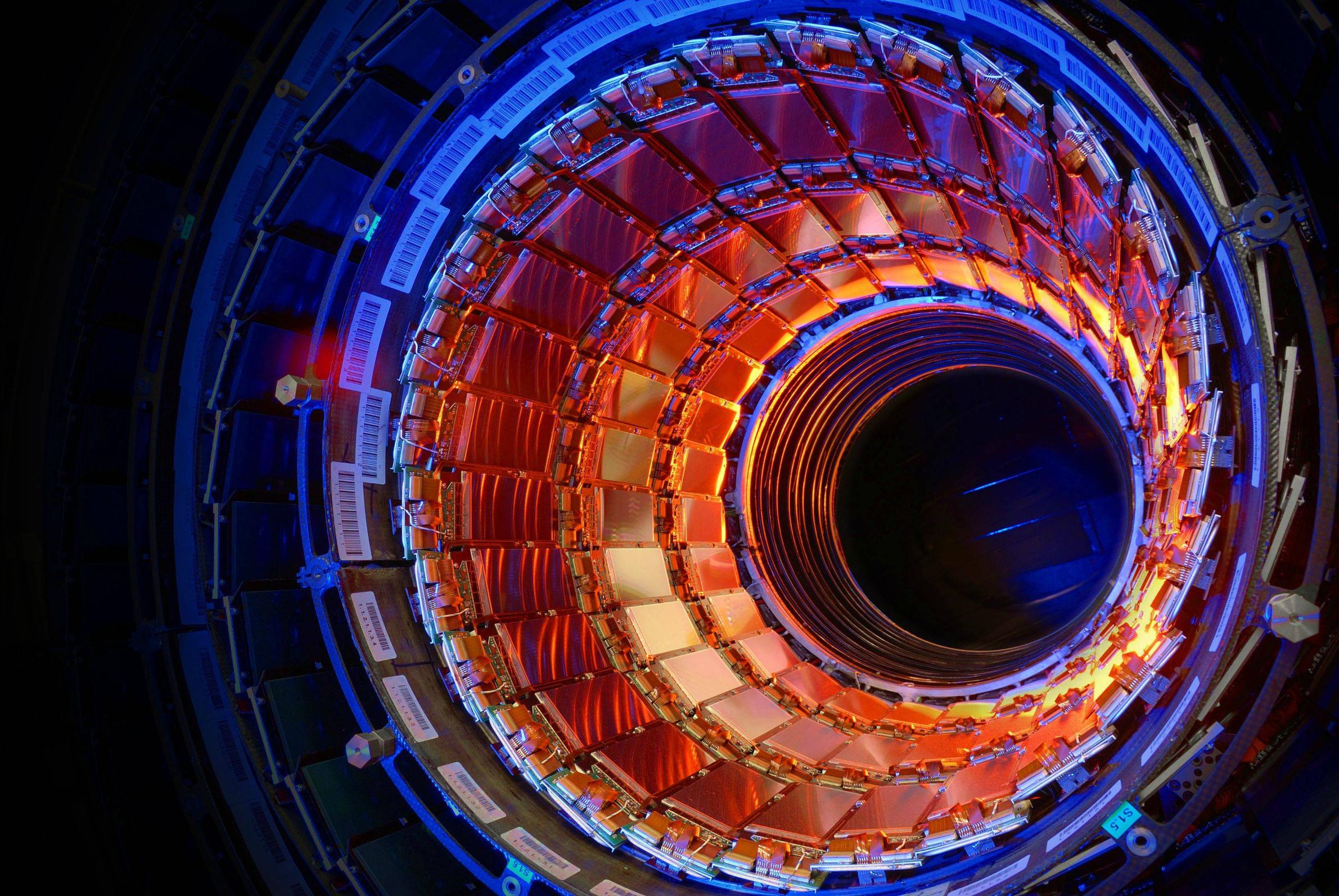
Advertisement
Learn more about Electronic Products Magazine





